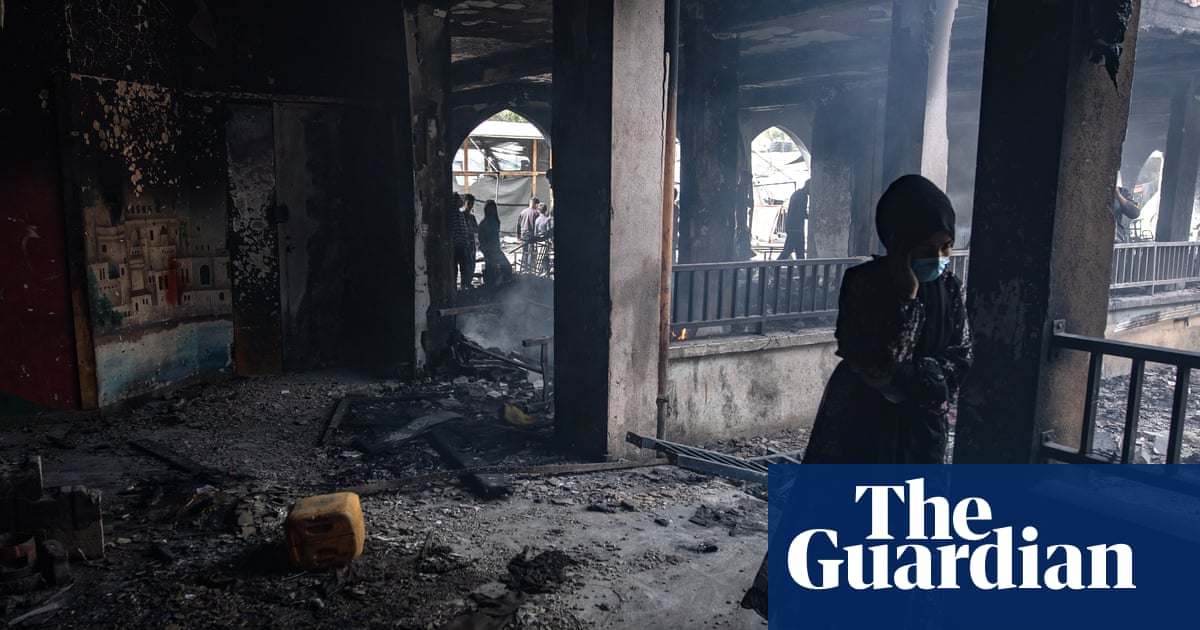Scottish schools are facing “an exponential increase” in pupil violence, with classroom behaviour deteriorating “massively” and absences outstripping England and Wales, according to teaching unions, behaviour experts and opposition politicians.
Headline figures from a forthcoming survey for the NASUWT union reveal 44% of Scottish respondents have experienced physical abuse or violence in the last 12 months while 90% had been verbally abused.
NASUWT members at Kirkintilloch high school, East Dunbartonshire, began industrial action earlier this week in protest at “a culture of abuse and violence from pupils”, including “constant” misogynist abuse of female teachers, but the union said such behaviour was by no means exclusive to this school.
“We do know that the behaviour of Scottish schools has deteriorated massively and in my experience compared with England it is much worse,” says Tom Bennett, an independent behavioural adviser to the UK Department for Education.
Bennett adds that, while England “isn’t perfect by any means”, it has “started to take the behavioural climate of schools seriously”.
Persistent absence rates – which Bennett says are “undoubtedly” affected by the crisis in classroom behaviour – are much higher in Scotland. Overall, 31.4% of all primary and secondary pupils were absent for more than 10% of school sessions in 2023-24, compared with 19.2% across England.
Since taking over the shadow education brief in October, the Conservative MSP Miles Briggs has made a series of interventions at Holyrood focusing on classroom behaviour, revealing through freedom of information research that a physical or verbal assault took place every two minutes of the school day in 2024, while instances of weapons being used in schools have increased by 50% since pre-pandemic levels.
Andrea Bradley, the general secretary of the EIS, Scotland’s largest teaching union, says she has seen an “exponential increase” in pupil violence since the pandemic and that while Covid exacerbated pre-existing issues, it was not the catalyst: “Since the onset of austerity, we’ve seen rising incidents of violent, aggressive, dysregulated, distressed behaviour in classrooms and growing incidents of additional support needs,” she says.
By the end of 2024, the number of pupils with additional support needs (ASN) reached more than 40% for the first time. Scotland employs a more inclusive approach to ASN with a presumption that all children should be taught in mainstream schools.
Bradley suggests that some challenging behaviour comes about because “a large number of young people are not having their additional support needs met because of insufficient resources”, and also highlights poor provision for neurodiversity and mental ill-health affecting in-school attitudes as well as absences.
Last August, the Scottish government’s education secretary, Jenny Gilruth, published a long-awaited action plan on pupil behaviour, with a progress report anticipated this spring.
The Scottish government now says that local authorities should be putting policies in place “which determine clearly what action should be taken to address challenging behaviour”, as well as publishing new guidance on gender-based violence, mobile phones and anti-bullying itself, and funding training for support staff.
“What’s happening in East Dunbartonshire is a sign that teachers have had enough,” says Briggs. “The Scottish government blaming councils isn’t good enough. Teachers want a national policy on this – we need government to say what behaviour is unacceptable, what is the pathway to correcting it.”
This chimes with increasing doubts among unions and experts about the popularity in Scottish education policy of restorative approaches to behaviour management, which focus on structured conversations between staff and pupils to address incidents of poor behaviour.
“The wholesale adoption of the restorative approach to pupil discipline has definitely been a problem,” says Mike Corbett of NASUWT Scotland. “You can’t offer a quiet chat and no serious consequences for this level of disruptive behaviour.”
“There has to be a much stronger focus now on consequences,” says Bradley. “We are pushing for a nationally agreed set of parameters of what is unacceptable behaviour and a range of consequences up to and including exclusion,” she says, while emphasising that exclusion, which is used significantly less in Scotland, must be a sanction of absolute last resort.
She points to the SNP’s unfulfilled 2021 manifesto pledge to recruit 3,500 additional teachers for three years in a row as a part of the problem, while EIS members in Glasgow earlier this week voted to strike over city council cuts to teaching posts.
“We are quite clear that we’re not going to be able to change the distressing dynamics unfolding in schools and make them safer places for students and teachers without sufficient numbers of responsible, suitably trained adults to support that process.”

.png) 2 months ago
28
2 months ago
28













































